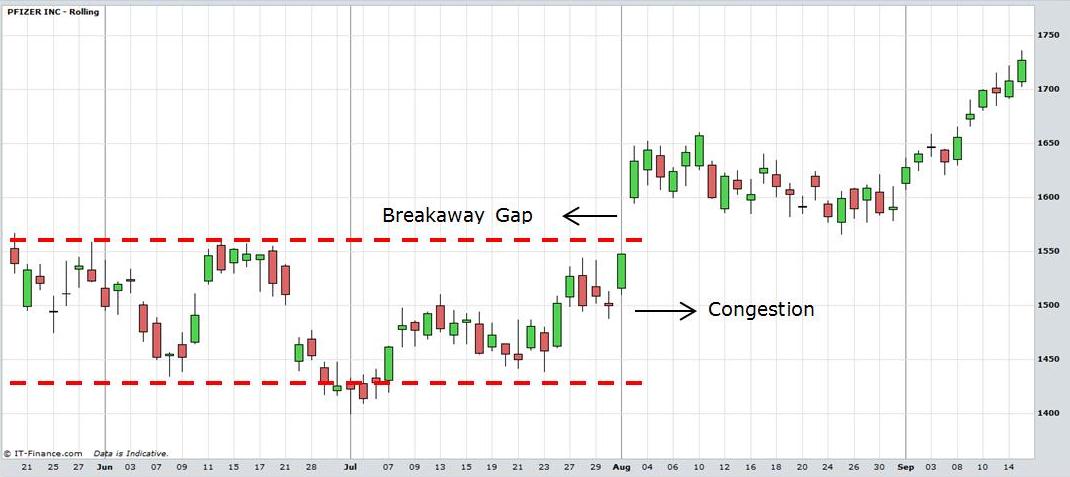
Most of the overnight gaps are “common gaps”. In the stock market, almost all gains over the last 30 years have come from owning stocks from the close to the next open (please read more in the article linked above).

In the trading language, this is called a “gap down”. This chart shows the gaps in the ETF with the ticker code EWA during March 2020 when the Covid-19 mess struck:Īs you can see, EWA closes around 19 and opens the next day at below 17 – a pretty big gap down. Conclusion about gap trading strategiesīefore we continue, let’s briefly explain what a gap is:Ī gap is price levels that are not traded (or at least have very little trading) between the close and the open the next day.įor example, if the close yesterday was 100 and today the stock opens at 95, there is a gap between those two points.Gap trading strategies in other assets than stocks.Gap trading strategies are hard to find, but some work.

STOCKS WITH GAPS TO FILL HOW TO
A gap trading strategy in the S&P 500: How to build a gap fill day trading strategy.Gap trading backtests require good data.Fill rate of gaps in the S&P 500: facts.How to develop and build a gap day trading strategy: how to play and trade the gap successfully.


 0 kommentar(er)
0 kommentar(er)
